Canada looks to Norway for lessons in how to manage the transition to EVs – Charged EVs
Baua Electric
FEBRUARY 6, 2024
Norway is the world’s undisputed EV capital—roughly a quarter of all cars on its roads are now EVs, and the country is on track to end the sale of gas and diesel cars by 2025. Norway started down the electrification path over a decade ago, beginning with several policies meant to encourage consumers to buy EVs.




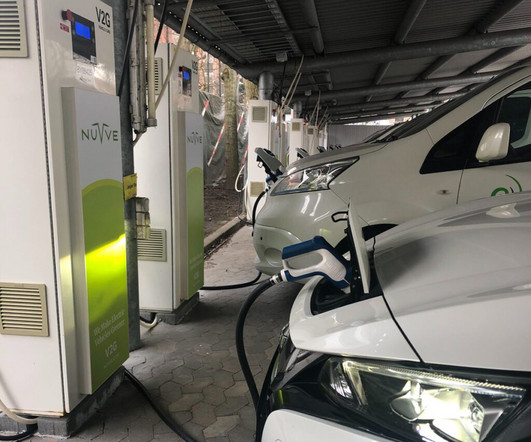
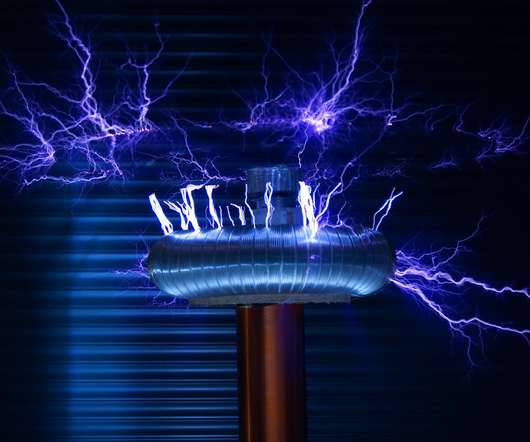
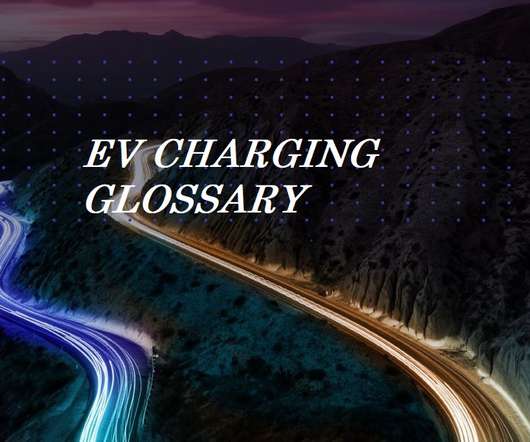
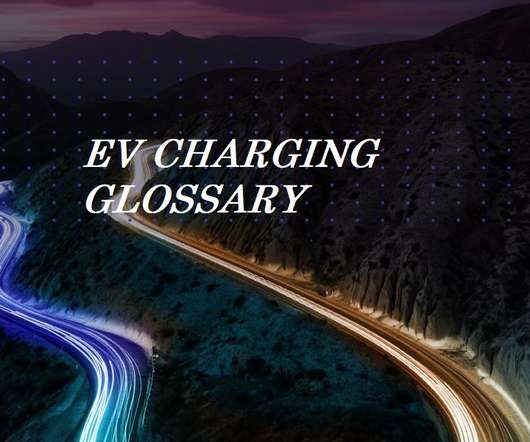
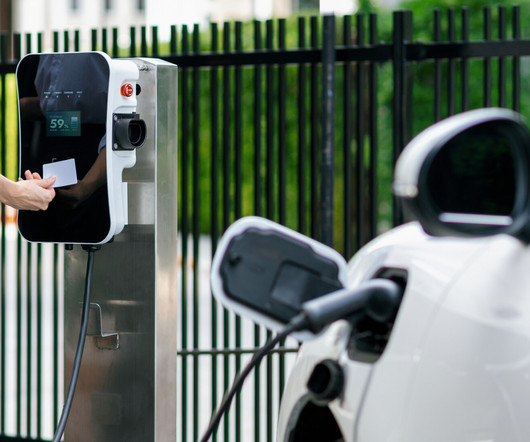

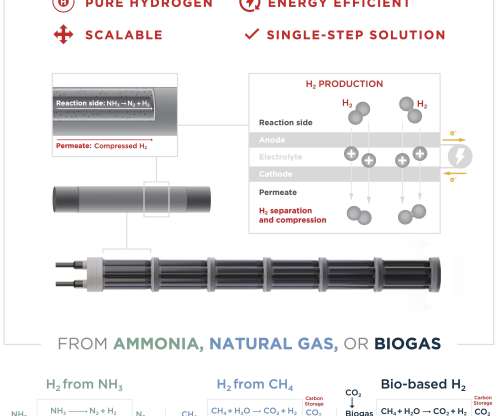
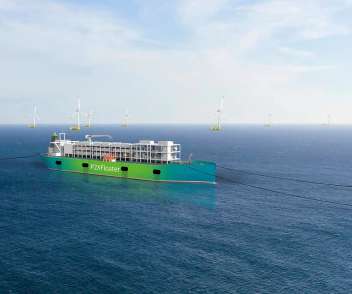

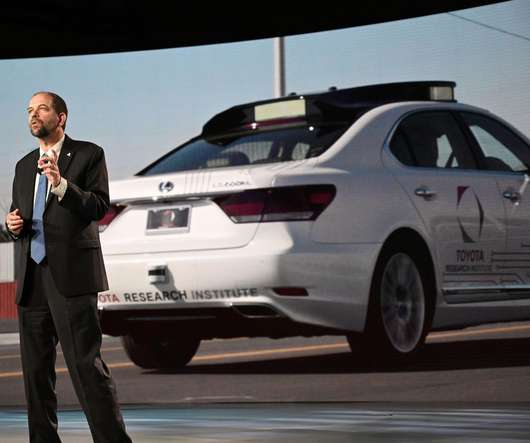
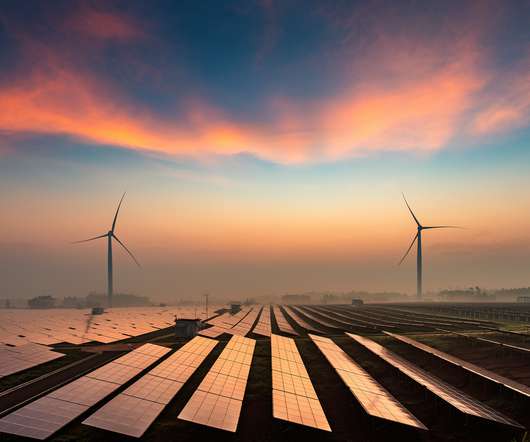




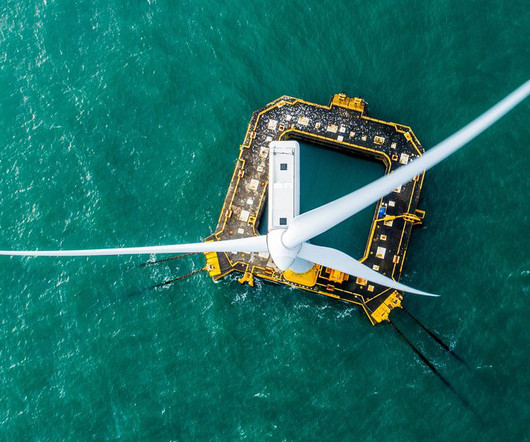











Let's personalize your content